When it comes to sanding, there are two common tools used to get the job done: a palm sander and an orbital sander. But which is the better choice for your needs? In this comprehensive guide, we’ll dive into all the essential details you need to know about palm sanders and orbital sanders when it comes to things like power, practicality, and durability. After reading this, you should have all the knowledge you need to make an informed decision on what type of sander is best for your particular project.
What Is An Orbital Sander?
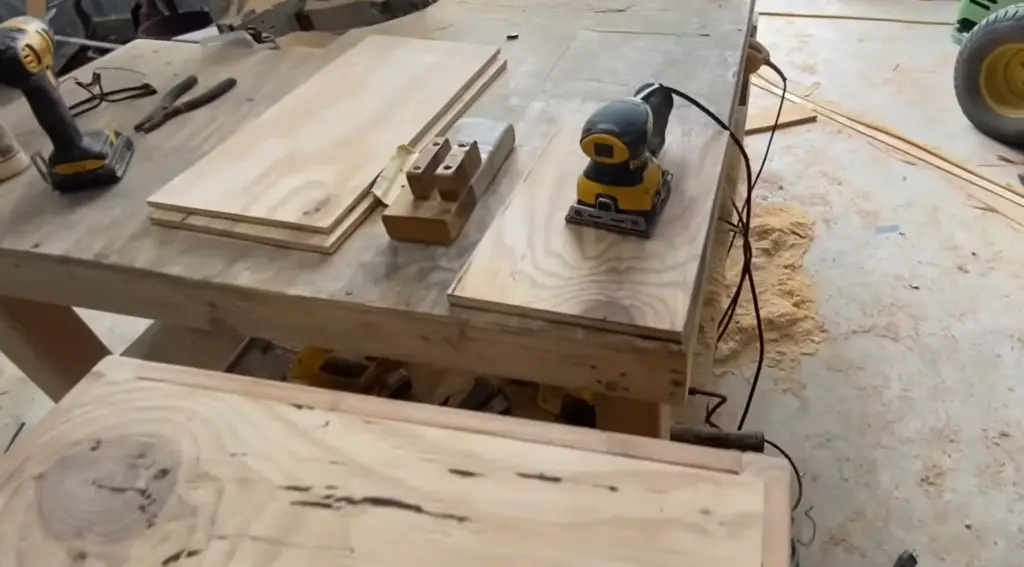
Unlike belt sanders or drum sanders which rely on direct contact with the surface being worked on, orbital sanders use a cushioning action between the material and its pad. This minimizes damage to both the object being worked on and the user’s hands by providing more control over the amount of pressure applied to the surface.
Orbital sanders come in a variety of shapes and sizes, from the large square type often used for car body work to the small palm sanders ideal for woodworking projects. They are usually powered by electricity, but models are battery operated.
The most common attachment used with an orbital sander is an abrasive paper or cloth disc. These discs are available in various grits and can be easily changed as needed. Other attachments may include brushes, flaps, polishing pads, and even buffing wheels. The attachments allow you to use the sander for more specialized tasks such as polishing metals or removing old paint from surfaces.
In addition to their use in automotive and woodworking applications, orbital sanders can be used for a variety of tasks such as preparing surfaces for painting, sanding layers of old paint away from furniture, or smoothing concrete and brick. They are also widely used in the marine industry for boat hulls.
Overall, orbital sanders are an invaluable tool that can save you time and effort when working on various projects. With its many attachments and versatile design, it’s easy to see why this power tool is so popular among DIY enthusiasts and professionals alike. [1], [2], [3]
What Is A Palm Sander?
A palm sander is a type of power tool used for sanding wood, metal, and other materials. It consists of an electric motor that rotates a small rectangular pad in a back-and-forth oscillating movement. This pad is covered with sandpaper or another abrasive material, allowing it to remove material from the surface of the workpiece.
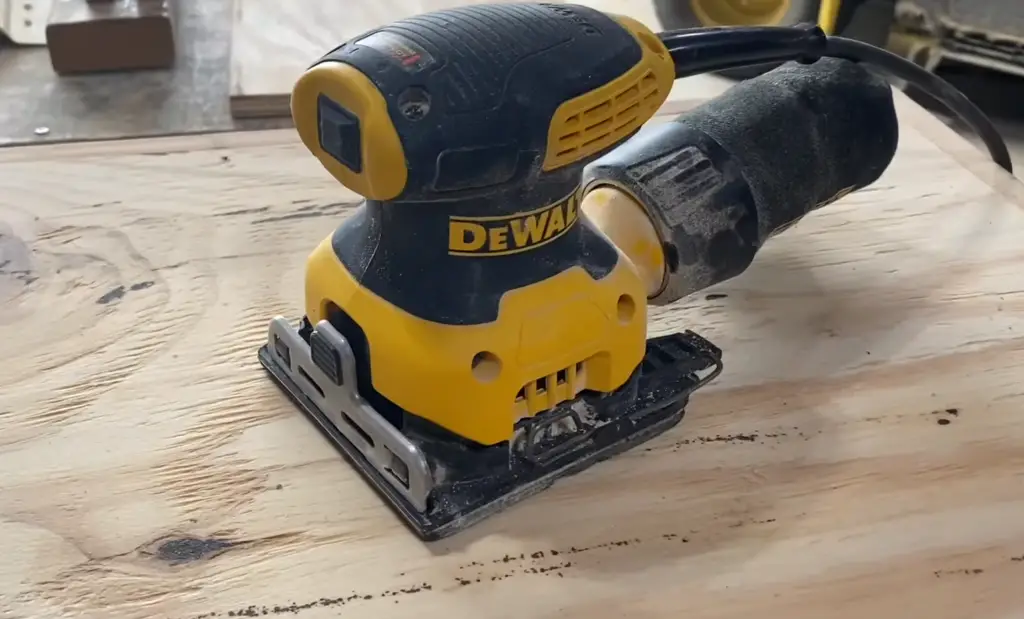
The size and shape of the sander make it ideal for working in tight areas or on delicate pieces where more powerful tools would be too unwieldy or intrusive. Sanding pads come in multiple grits, ranging from coarse to extra fine, so users can achieve smooth surfaces in preparation for painting, staining, or polishing. Palm sanders are also often used for buffing or polishing surfaces, such as car bodies and furniture. They are relatively inexpensive, easy to use and store, and require very little maintenance. As a result, they’re amongst the most popular power tools used in woodworking.
Palm sanders may also be referred to as “finishing sanders” since they are usually used for smoothing out small areas or details on larger pieces. Palm sanders are typically held with one hand while the other guides the sander along the surface of the workpiece. Most palm sanders come with a dust extraction system that actively removes particles from the air as you sand; these models tend to be more expensive but can reduce cleaning time considerably.
Palm sanders are easy to use but require some practice and skill to achieve the best results. It is important to remember that they can leave visible marks on soft woods if too much pressure is applied or if the wrong type of paper is used. When in doubt, start with a slightly coarse grit than you think you need and work your way up until you get the desired finish. If you’re unsure which grits to buy, look for “multi-grit” sandpaper packages that contain several different grades in one box. [1], [2], [3]
Orbital Sander Vs. Palm Sander
As you can see, both orbital sanders and palm sanders have a lot to offer. They’re both great tools for woodworking and other projects, but which one is better? In this section we’ll compare the two types of sanders to help you decide which one is right for your needs.
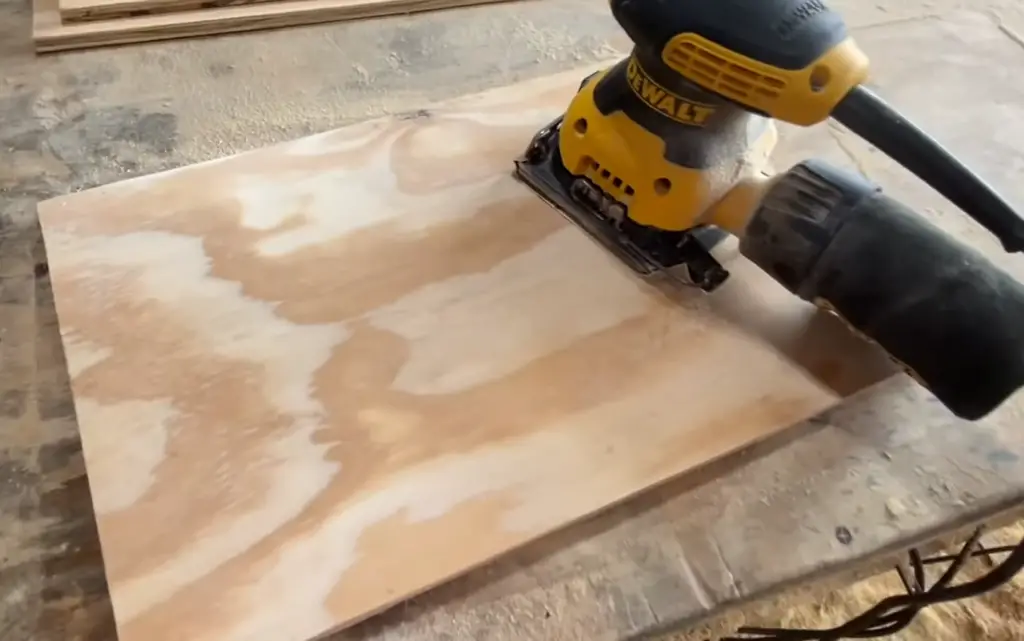
Power
Power is an important factor to consider when purchasing a sander. A powerful sander will make the job much easier, faster, and more precise. It is especially useful for finishing jobs that require a lot of sanding such as smoothing out rough wood surfaces or removing old paint or varnish. The power of a sander can also be used to quickly remove excess material on edges and corners. The higher the power, the bigger and tougher the jobs you can do with it.
In terms of power, orbital sanders are the clear winner; they usually have more powerful motors than palm sanders. This makes them better suited for heavy-duty jobs like removing paint and varnish, or deep sanding of large surfaces.
Still, both sanders are considered mild despite their power ratings, so use caution when operating either one. The higher the power rating, the faster and more aggressively it will sand which can cause damage to delicate pieces if you’re not careful.
Finishing
Finishing in a sander is very important when it comes to completing woodworking projects. It can help to create smooth and even surfaces, while also helping to the wood so that it will last longer. Sanding in a sander can also help to remove any splinters or other imperfections from the surface of the wood, making it look more professional. Additionally, sanding in a sander can help to prepare the surface for staining or painting, as well as protecting it against moisture damage.
Palm sander offers a better finishing experience than orbital sanders. This is because the motion of a palm sander is more precise and can help to avoid any mistakes or inconsistencies when sanding. Additionally, the smaller size of a palm sander allows for greater control when finishing tricky areas such as corners or edges, providing a better finish in the end. You won’t have to worry about staining or painting over any mistakes because you can more easily go back and fix them.
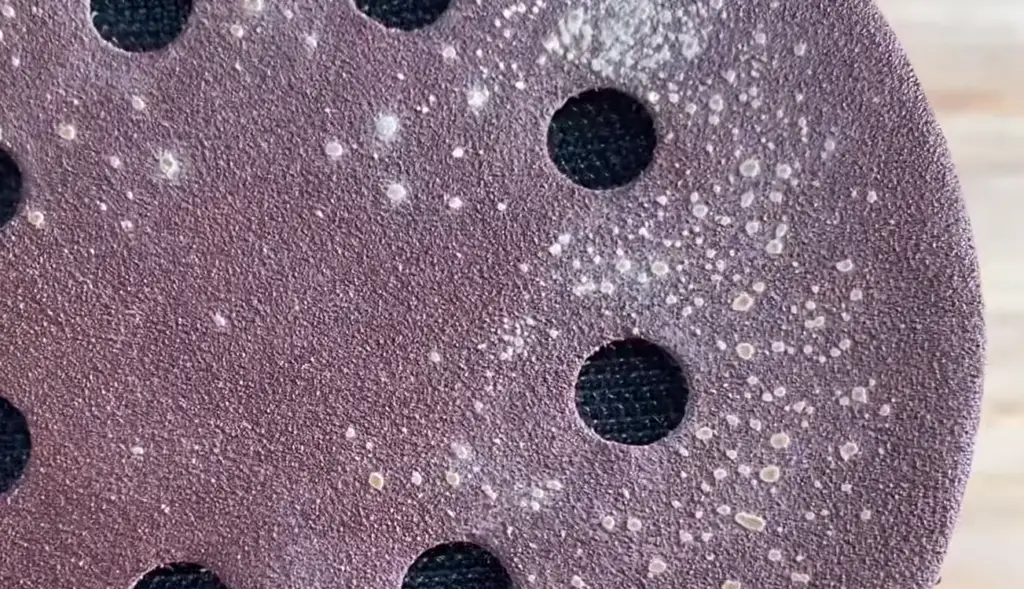
Speed
The speed of a sander is important for determining how efficient your sanding job will be. A slow-moving sander may take twice as long to achieve the same results as a faster one, meaning that you could waste a lot of time waiting around for the job to be finished.
Again, orbital sanders take the crown here; they usually have variable speed settings so you can adjust the sander’s speed to fit the job rather than just relying on a single speed. This makes for much more efficient sanding as you don’t need to be constantly switching out sanders or adjusting your technique.
In comparison, palm sanders are generally designed for fine surface work only and do not come with adjustable speeds. Although some models may offer two-speed settings, these are usually too slow for most jobs that require a lot of sanding.
Price
When it comes to purchasing a sander, price is an important factor. There are many different types of sanders available on the market and prices can range from very affordable to quite expensive. It is important to consider what type of sander will be best suited for your needs before making a purchase decision.
Orbital sanders tend to be more expensive than palm sanders, but the overall cost will depend on the size and features of each model. Generally, you can expect to pay anywhere from $30 – $200 for an orbital sander, while a palm sander will come in at around $20 – $100.
Of course, the cost of a sander should not be considered in isolation. You also need to take into account other factors such as the brand and quality of the product, its features, warranty duration and any additional extras that might be included with it. Sometimes it is possible to get similar performance at lower prices by opting for lesser known brands or buying second-hand equipment.
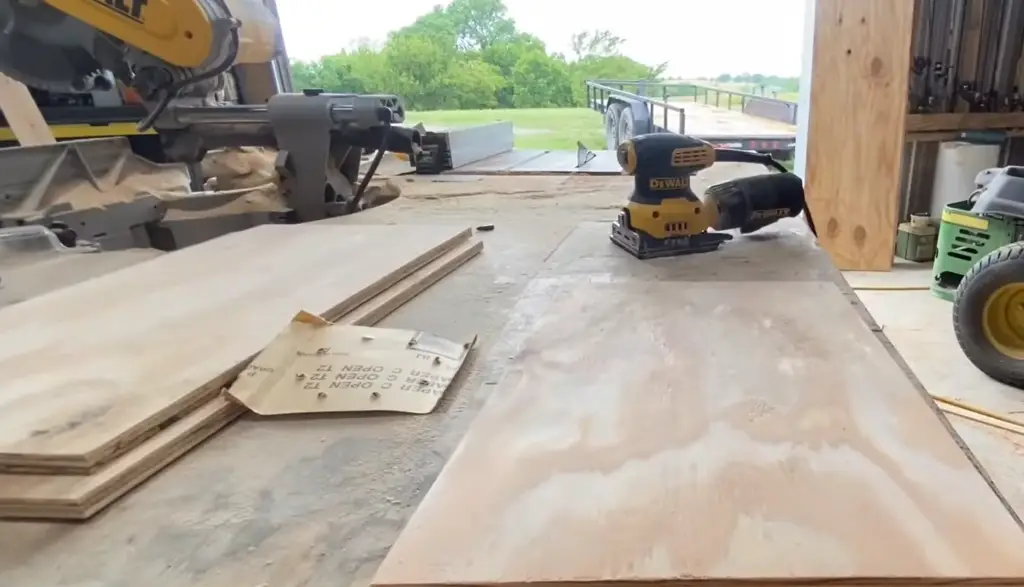
Weight and size
Another key difference between orbital sanders and palm sanders is their size and weight. An orbital sander generally weighs about 4 to 5 pounds, while a palm sander usually comes in at less than two pounds and up to 4. Because of its smaller size, the palm sander is more maneuverable and easier to use in tight spots or on detailed pieces.
Size wise, the palm sander is a bit smaller than an orbital sander – usually about one-third of its size. This makes it ideal for getting into tight areas or working on delicate pieces where a bulkier tool would be too unwieldy or intrusive.
The larger size of an orbital sander also means that it has more power behind it, making it better suited for large surfaces or tougher materials such as metal. It can also accommodate larger attachments, making it a good choice if you plan to do a lot of polishing or buffing work. On the other hand, a palm sander can tackle most woodworking tasks with ease but may be a bit underpowered for metalworking.
Despite this, both of these sanders are considered portable tools, which makes them great for those who need to move around while they work.
Dust collection
Dust collection is an essential component of any sander. Dust collection systems are designed to capture airborne dust particles that can be inhaled by workers, reducing the risk of respiratory illnesses and other health issues associated with breathing in hazardous materials. Dust collection also helps keep the work area clean and free from messes caused by dust and debris.
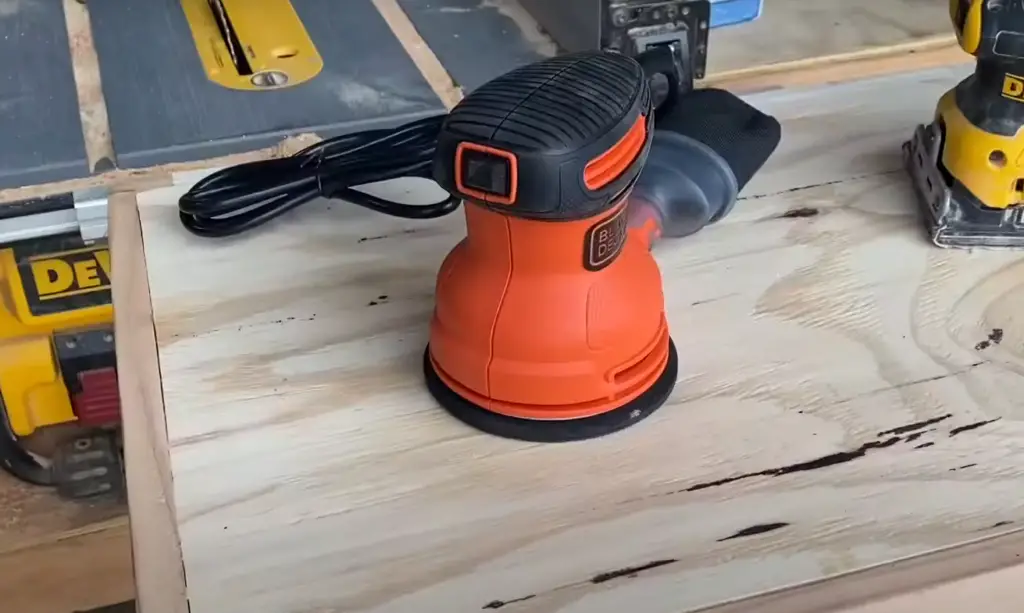
The amount of dust generated when sanding depends on several factors such as the type of material being worked on, the grit size of sandpaper used, and the speed at which it is used. A dust collection system should be able to capture particles as small as 0.3 microns in diameter for optimal performance. Having a good dust containment system in place helps protect both workers’ health and the quality of the work being done.
Dust collection systems vary in size and design, but all have a few common components. A dust collector typically consists of an intake hood connected to a device that filters and collects the dust particles from the sanding operation. The collected particles are then transferred to a containment unit or receptacle for disposal.
Luckily both sanders have a dust collection system in place, however the orbital sander has a more advanced system when compared to the palm sander. With an orbital sander, you can expect better dust containment with less cleanup after use. The idea is that most of the debris will be captured by the vacuum connection, significantly reducing airborne particles and leaving your work area much cleaner than with a traditional palm sander.
Size of the project
In terms of deciding which sander is more suitable for a project, the size of the project should be considered carefully. A larger project may require a sander with more power and greater capacity than a smaller one.
The size of the project will determine what type of sander is needed. For larger projects, such as large furniture pieces or floors, using an orbital sander or belt sander would be ideal due to their ability to remove material quickly and efficiently. These sanders are also excellent for working on tight corners, due to their design.
Orbital sanders show great performance on larger surfaces such as tables and floors due to their random orbital motion. This means that the head of the sander rotates in an elliptical pattern, which is great for sanding large areas without leaving marks or scratches.
Palm sanders are ideal for small projects such as detail work on furniture or intricate carvings. Their smaller size makes them easy to maneuver and control, allowing users to get into spaces with ease. They also produce less dust than larger sanders, making them perfect for delicate jobs where a clean finish is essential. [1], [2], [3]
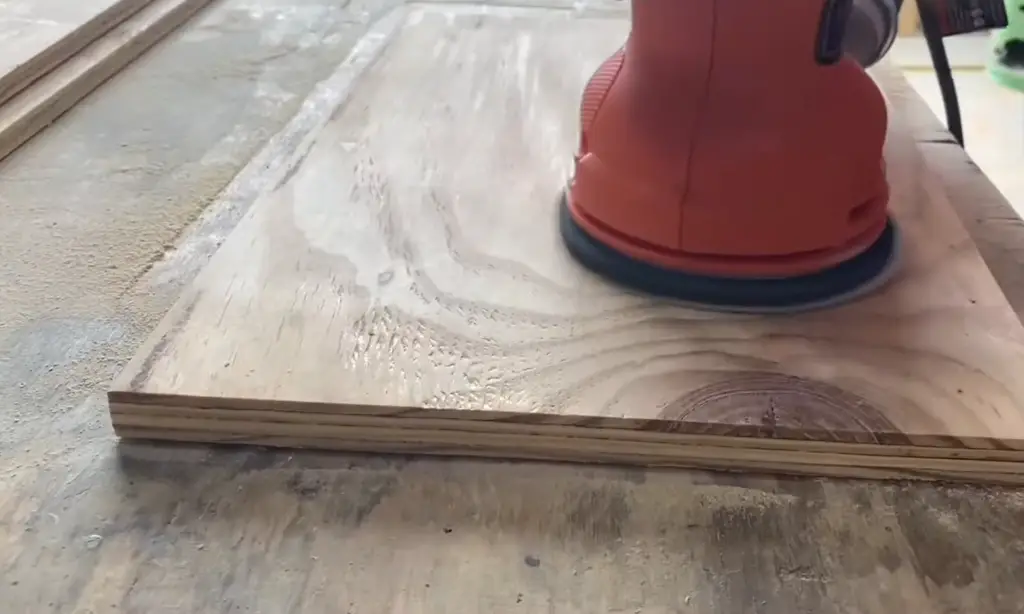
FAQ
Which sander is most versatile?
When it comes to versatility, the orbital sander definitely has the edge over a palm sander. Because of its unique round or square sanding pattern, an orbital sander is capable of performing more types of tasks than a palm sander can. Its random pattern also helps to efficiently remove material from wood surfaces and make it easier to achieve a smooth finish. The orbital action also prevents burning or staining which can occur when using a palm sander due to its linear movement and high speed.
It has a way more powerful motor than a palm sander and its larger sanding pad helps to cover more surface area in less time. This makes it perfect for quickly removing material from large surfaces, sanding awkward angles and curves, or even working on intricate details like furniture joints.
Why is an orbital sander better?
An orbital sander is usually considered to be better than a palm sander for several reasons. Firstly, an orbital sander has a larger pad which allows it to cover more surface area with each pass, making it much more efficient than a palm sander. Additionally, the motion of an orbital sander is circular, providing a smoother finish on surfaces than that of the vibrating movement of a palm sander. Furthermore, many orbital sanders are designed with built-in dust extraction features and ports for improved user health and cleaner working environments.
Finally, orbital sanders can make use of various attachments such as edge or corner sanding sheets which allow users to work on hard to reach places. This versatility makes the orbital sander an incredibly useful tool for detailed, precision work.
Overall, the orbital sander is a more efficient and effective tool than a palm sander in most cases. The larger pad size, dust extraction features, smoother motion and attachments make it a much better option when tackling sanding projects of any kind.
What type of sander is most effective?
The type of sander that is most effective depends on the job at hand. For small jobs, such as sanding furniture or touch-ups, a palm sander may be the best choice. Palm sanders are easy to maneuver and can get into tight spaces with ease. They usually use replaceable sandpaper sheets or belts for quick changes, so they are well suited for light duty work.
For larger jobs like floor refinishing or large board flatting a heavier duty orbital sander may be better suited for the task. Orbital sanders provide more power than palm sanders and usually have dust collection bags attached to them. This makes them great for larger tasks that require greater control over the surface finish. Additionally, orbital sanders can be used with coarser grits to quickly remove material, while palm sanders are more suited for finer work.
Both palm sanders and orbital sanders have their own advantages and drawbacks depending on the situation. By taking these factors into consideration you can make sure you choose a sander that best suits your needs.
What are palm sanders best for?
Palm sanders are small, lightweight tools that are effective for smaller projects and tight spaces. They typically have a small rectangular base with a flat surface on the bottom designed to fit into narrow spaces. Palm sanders use a back-and-forth motion to create an even finish but because of their size and weight, they cannot achieve the same level of power or precision as an orbital sander.
Palm sanders can be used for light duty applications such as removing paint from furniture or removing varnish from trim work. They’re also useful for removing rust from metal surfaces or for smoothing out joints in woodworking projects.
Should I use an orbital or palm sander for a table?
If you are looking to sand a table, an orbital sander is the better choice. Orbital sanders provide more power and control than palm sanders, making them ideal for completing large projects. They produce less vibration and will quickly smooth out any imperfections on your table surface while still leaving enough texture behind to ensure good adhesion when applying paint or a finish. However, if you’re just looking to lightly sand the top of your furniture piece, a palm sander may do the trick.
What are the disadvantages of the orbital sander?
The main disadvantage of an orbital sander is that it can be more expensive than a palm sander. Additionally, they are typically heavier and bulkier than their palm-sander counterparts. This can make them a bit unwieldy to handle, especially for smaller projects that require precision.
An orbital sander can also be heavier on the material being sanded. This is because it has more power, and so can cause deeper cuts while removing material faster. While this might be beneficial for tougher materials or when speed is of the essence, one needs to take appropriate precautions to prevent undesired results.
It also can be harder to operate for beginners since it requires a bit more skill to control. A beginner should always read the user’s manual carefully and practice on scrap wood before starting on their project.
Useful Video: Which Sander is BETTER? || Random Orbital VS 1/4 Sheet Palm Sander
Conclusion
Sanders are essential tools for many woodworking jobs and choosing the right one is key to getting the job done correctly. Palm sanders are best suited for small areas as they have smaller pads, while orbital sanders are better for larger areas because they can cover more ground faster.
If you’re doing a project that requires precise detailing, then a palm sander is your best option. On the other hand, if you’re looking for something with power, an orbital sander is probably your best bet. Ultimately, it comes down to personal preference and what type of job you plan on completing. Regardless of which one you choose, make sure to use it safely and practice proper technique in order to get the best results!
Orbital sanders are more powerful than palm sanders and can make short work of large projects. They are great for getting a smooth finish on larger surfaces quickly. Palm sanders, on the other hand, are better suited for detailed jobs that require precision because they have smaller pads which allow you to get into tight spots more easily. Palm sanders on other hand, offer a superior finish, but are less powerful.
Overall, both sanders have their advantages and disadvantages when it comes to finishing work. If you’re looking for precision and control then a palm sander may be your best bet, whereas if you’re after power and speed then an orbital sander could be the tool for you. Ultimately, choosing between the two depends on what type of job you will be doing, so think carefully before making your purchase!
Happy sanding!
References
- https://benchmarkabrasives.com/blogs/news/orbital-sander-vs-palm-sander
- https://www.howetools.co.uk/sander-buying-guide
- https://www.electronicshub.org/palm-sander-vs-orbital-sander/






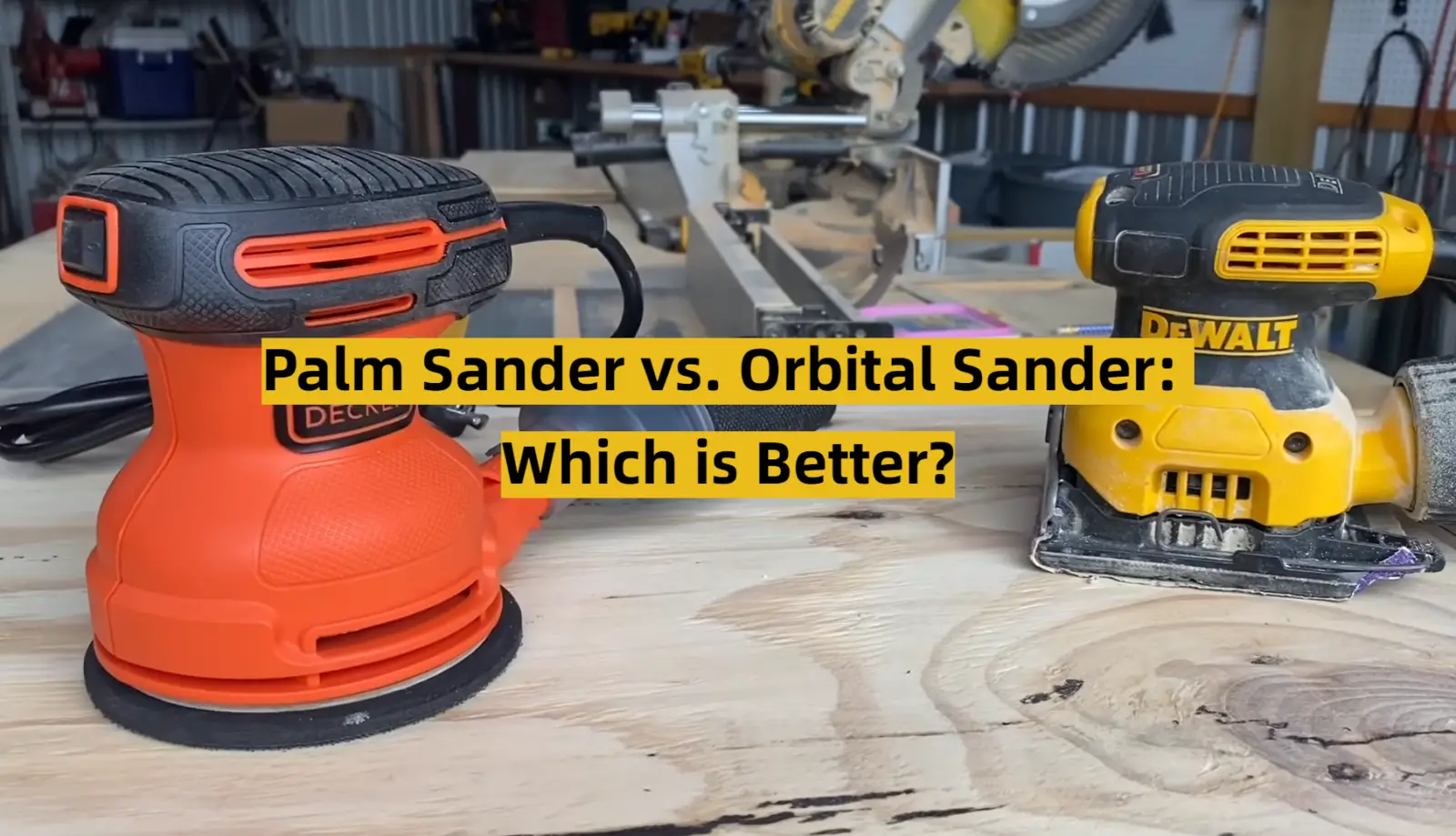




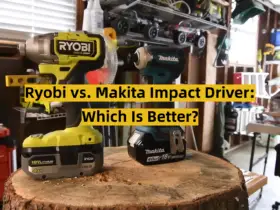
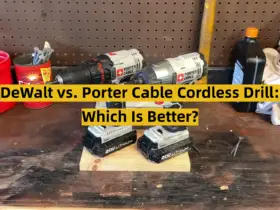
Leave a Reply